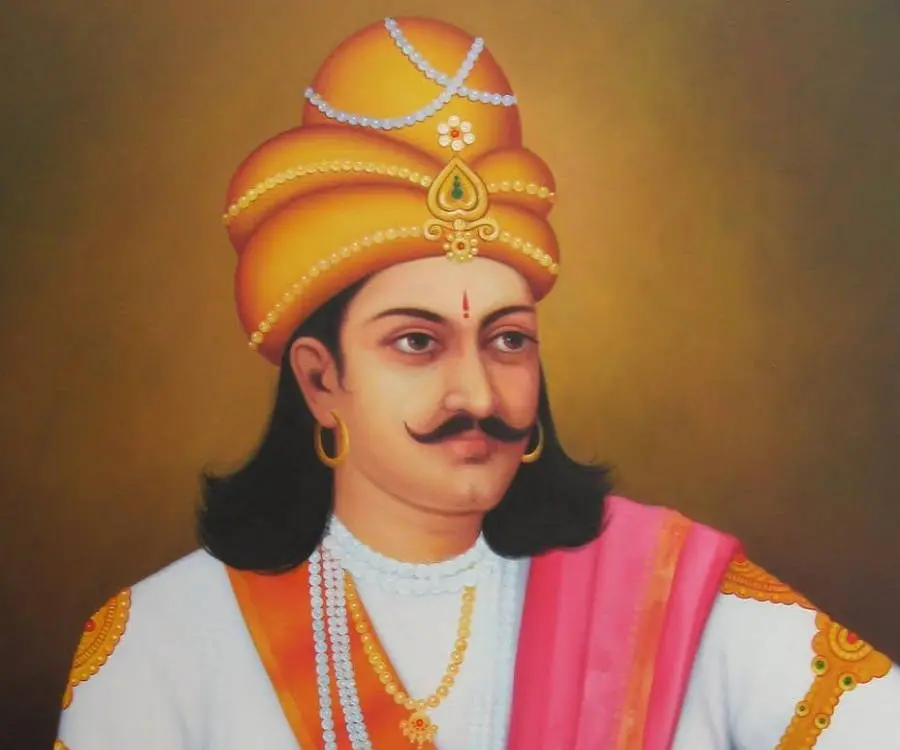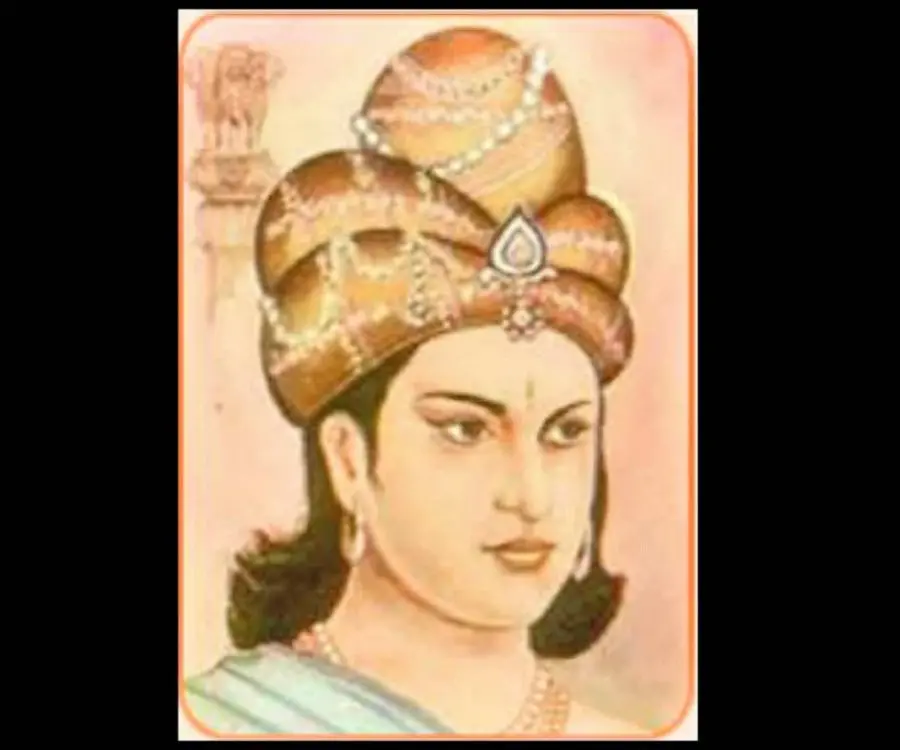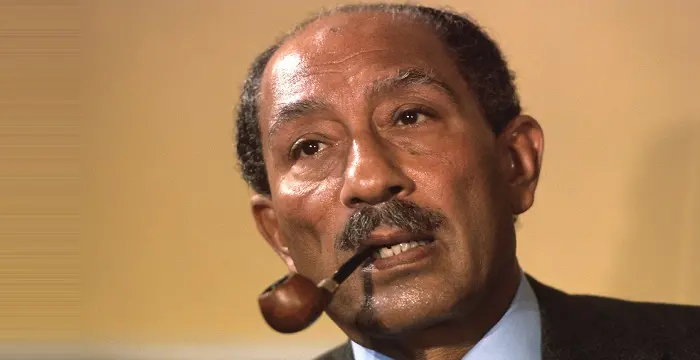
Ashoka - Emperor of the Maurya Dynasty, Birthday and Childhood
Ashoka's Personal Details
Ashoka was the third emperor of the Mauryan Dynasty and ruled almost the entire Indian subcontinent
| Information | Detail |
|---|---|
| Birthday | 304 BC |
| Nationality | Indian |
| Famous | Historical Personalities, Emperors & Kings, Leaders, Emperor of the Maurya Dynasty, Emperors, Kings |
| Hobbies | Hunting |
| Spouses | Karuvaki, Maharani Devi, Rani Padmavati, Tishyaraksha |
| Siblings | Susima |
| Known as | Dharma Ashoka, Ashoka the Terrible, Asoka, Ashoka the Great |
| Childrens | Charumati, Jaluka, Kunala, Mahinda, Sangamitta, Tivala |
| Birth Place | Pataliputra |
| Religion | Buddhism, Hinduism, Humanism |
| Gender | Male |
| Father | Bindusara |
| Mother | Shubhadrangi |
| Born in | Pataliputra |
| Famous as | Indian emperor of the Maurya Dynasty |
| Died at Age | 72 |
// Famous Kings
Sundiata Keita
Sundiata Keita was the founder of the Mali Empire in West Africa. This biography profiles his childhood, early life, struggles, founding of empire, rule, administration, achievements and also gives some fun facts.
Murad IV
Murad IV was one of the mighty Sultans in the history of the Ottoman Empire. This biography profiles his childhood, family, accession, rule, administration and timeline.
Xerxes I
Xerxes I (Xerxes the Great) was the fourth and the most famous king of the Archaemenid dynasty of Persia. This biography profiles his childhood, family, personal life, life history, achievements, campaigns, administration, death and other facts.
Ashoka's photo
Who is Ashoka?
Ashoka, also known as ‘Ashoka the Great’, was the third ruler of the Mauryan Empire and one of the greatest emperors of India who ruled almost the entire Indian subcontinent. He is largely credited for spreading Buddhism in many parts of the world. He grew up to become an absolutely fearsome king with a vision to expand his empire continuously, which stretched across the Indian subcontinent leaving aside the southernmost parts of Tamil Nadu and Kerala. However, it was the conquest of Kalinga, seen as the bloodiest and most lethal, which left him shattered and transformed him from a fierce vengeful ruler to a peaceful and non-violent emperor. He built up numerous stupas across his empire, and got many pillars constructed, the most significant of them being the Ashoka Pillar, containing the Lion Capital of Ashoka which is today India’s national emblem. In addition to this, his Ashoka Chakra, inscribed on many of his relics (most prominent among which is the Lion Capital of Sarnath and The Ashoka Pillar), is at the centre of the National flag of India. The reign of Ashoka is considered as one of the most glorious periods in Indian history. Even though Buddhism faded in India after his death, it continued to flourish and spread in other parts, particularly in eastern and south-eastern Asia
Childhood & Early Life
Ashoka was born as Devanampriya Priyadarshi Samrat Ashoka, in 304 BC, in Pataliputra (close to modern-day Patna), to the second emperor of the Mauryan Dynasty, Bindusara, and Maharani Dharma.
The grandson of the founder of Mauryan Dynasty, Chandragupta Maurya, he had several half-brothers from his father’s other wives.
Born into a royal family, he was good at fighting since childhood and received royal military training. Besides, he was also excellent at hunting, evident from his ability to kill a lion with only a wooden rod.
Accession & Reign
Considered a fearless and heartless military leader, he was deputed to curb the riots in the Avanti province of the empire.
He was appointed the Viceroy of Avanti province in 286 BC after suppressing the uprising at Ujjain.
He was called upon by his father to help heir-apparent Susima in quelling a revolt at Taxila, which he did successfully, thereby becoming the Viceroy of Taxila. He is also said to have handled and curbed a second rebellion in Taxila later.
After his father Bindusara’s death in 272 BC, a two-year long fierce battle broke out between Ashoka and his half brothers. According to Dipavansa and Mahavansa (Buddhist texts), he killed his 99 brothers, sparing just Vitashoka or Tissa, to capture the throne.
While he ascended the throne in 272 BC, he had to wait for four years for his coronation in 269 BC to become the third ruler of the Mauryan Empire.
He was supported by his father’s ministers, especially Radhagupta, who played a major role in his victory and was appointed the Prime Minster after Ashoka became the emperor.
He was constantly at war during the first eight years of his reign, expanding his empire across the Indian subcontinent, including Iran and Afghanistan in the West, and Bangladesh and Burmese border in the East.
He was successful in acquiring the Godavari-Krishna basin and Mysore in the south, though the southernmost territories of Tamil Nadu, Kerala, and Sri Lanka remained out of his reach.
Even though the predecessors of Ashoka ruled over a vast empire, the kingdom of Kalinga on the northeast coast of India (present-day Odisha and North Coastal Andhra Pradesh) never came under the control of the Mauryan Empire. Ashoka wanted to change this and invaded Kalinga for the same.
The bloody war at Kalinga left over 100,000 soldiers and civilians dead and more than 150,000 deported. This large-scale killing of humans sickened Ashoka so much that he vowed never to fight again and started practicing non-violence.
According to Buddhist sources, he was so influenced by the teachings of Buddhism that he converted into a Buddhist and made it his state religion.
He issued a series of edicts that laid down the basic rules for formulating policies in his empire. These were announced through edicts and inscriptions in local dialects on pillars and rocks.
A number of Buddhist monks were sent across India and other countries, like Afghanistan, Syria, Persia, Greece, Italy, Thailand, Vietnam, Nepal, Bhutan, Mongolia, China, Cambodia, Laos, and Burma, to spread Buddhism.
Major Battles
He attacked Kalinga in 261 BC to further extend his Empire and conquered it successfully, only to be shocked to see the massive destruction caused in terms of both property and human lives.
Achievements
He is said to have built 84,000 stupas to store the relics of Buddha and also as places of meditation, across South Asia and Central Asia for Buddhist monks.
His ‘Ashoka Chakra’ or ‘the wheel of righteousness’, widely inscribed on many relics of the Mauryan Emperor (most prominent among them is the Lion Capital of Sarnath and The Ashoka Pillar), was adopted into the Indian flag.
The pillar edicts or Ashokstambha, measuring 40 to 50 feet high, were erected in all places bordering the Mauryan Empire, reaching as far as Nepal, Pakistan and Afghanistan, although only ten of them survive to date.
He administered the construction of a sculpture of four lions standing back to back, known as the Lion Capital of Ashoka, atop the Ashoka pillar at Sarnath (Varanasi, Uttar Pradesh). It is the national emblem of India.
The Lion Capital can be found at the Sarnath Museum, while the Ashoka pillar, also called Ashoka column, is still intact at its original location.
He oversaw the construction of ‘viharas’ or intellectual hubs – Nalanda University and Taxila University, stupas – Dhamek stupa, Bharhut stupa, Sannati stupa, Butkara stupa, Barabar Caves, Mahabodhi Temple, and Sanchi.
Personal Life & Legacy
While on exile in Kalinga for two years to escape his brothers’ enmity, he met and fell in love with its princess, Kaurwaki, as a commoner, both unaware of each other’s real identities. The two later married secretly.
While being treated for his injuries at Ujjain, he met Vidisa Mahadevi Sakya Kumari (Devi), from Vidisha, whom he later married. The couple had two children – son Mahendra and daughter Sanghamitra.
Apart from Kaurwaki and Devi, he is believed to have had many other wives too. Padmavati, Tishyaraksha and Asandhimitra were some of them, with whom he had several children.
His children, Mahendra and Sanghamitra, played a major role in establishing and spreading Buddhism in Ceylon (present-day Sri Lanka).
Even though he motivated his people to follow Buddhist values and principles, he permitted the practice of other religions as well, such as Jainism, Zoroastrianism, Ajivikaism, and Greek polytheism, in his empire.
He died in 232 BC, aged 72, as a stable and merciful king who cared for his people.
// Famous Emperors
Sundiata Keita
Sundiata Keita was the founder of the Mali Empire in West Africa. This biography profiles his childhood, early life, struggles, founding of empire, rule, administration, achievements and also gives some fun facts.
Murad IV
Murad IV was one of the mighty Sultans in the history of the Ottoman Empire. This biography profiles his childhood, family, accession, rule, administration and timeline.
Xerxes I
Xerxes I (Xerxes the Great) was the fourth and the most famous king of the Archaemenid dynasty of Persia. This biography profiles his childhood, family, personal life, life history, achievements, campaigns, administration, death and other facts.
Ashoka biography timelines
- // 304 BCAshoka was born as Devanampriya Priyadarshi Samrat Ashoka, in 304 BC, in Pataliputra (close to modern-day Patna), to the second emperor of the Mauryan Dynasty, Bindusara, and Maharani Dharma.
- // 272 BCAfter his father Bindusara’s death in 272 BC, a two-year long fierce battle broke out between Ashoka and his half brothers. According to Dipavansa and Mahavansa (Buddhist texts), he killed his 99 brothers, sparing just Vitashoka or Tissa, to capture the throne.
- // 232He died in 232 BC, aged 72, as a stable and merciful king who cared for his people.
- // 261He attacked Kalinga in 261 BC to further extend his Empire and conquered it successfully, only to be shocked to see the massive destruction caused in terms of both property and human lives.
- // 269 To 272While he ascended the throne in 272 BC, he had to wait for four years for his coronation in 269 BC to become the third ruler of the Mauryan Empire.
// Famous Leaders
Edi Rama
Edi Rama is the current Prime Minister of Albania. Check out this biography to know about his childhood, life, achievements, works & timeline.
Tecumseh
Tecumseh was a Native American leader of the Shawnee clan. This biography profiles his childhood, life and timeline.
Khalifa bin Zayed Al Nahyan
Sheikh Khalifa bin Zayed Al Nahyan is the current President of the United Arab Emirates (UAE). Check out this biography to know about his birthday, childhood, family life, achievements and fun facts about him.
Anwar Sadat
Anwar Sadat was the third President of Egypt and has been awarded the Nobel Prize for his peace initiatives. To know more about his childhood, career, profile and timeline read on the following biography.
Leo Varadkar
Cam Leo Varadkar is the current Taoiseach—the Prime Minister—of the Republic of Ireland. Check out this biography to know about his childhood, family life, achievements and other facts about his life.
Swami Vivekananda
Swami Vivekananda was the chief disciple of Sri Ramakrishna, and was responsible for awakening India spiritually. Check this biography to know in detail about his life, profile and timeline.
Ashoka's FAQ
When was Ashoka died?
Ashoka was died at 2020-04-14
Where was Ashoka died?
Ashoka was died in Pataliputra
Which age was Ashoka died?
Ashoka was died at age 72
Where is Ashoka's birth place?
Ashoka was born in Pataliputra
What is Ashoka nationalities?
Ashoka's nationalities is Indian
What is Ashoka hobbies?
Ashoka's hobbies is Hunting
Who is Ashoka spouses?
Ashoka's spouses is Karuvaki, Maharani Devi, Rani Padmavati, Tishyaraksha
Who is Ashoka siblings?
Ashoka's siblings is Susima
Who is Ashoka childrens?
Ashoka's childrens is Charumati, Jaluka, Kunala, Mahinda, Sangamitta, Tivala
What is Ashoka's religion?
Ashoka's religion is Buddhism, Hinduism, Humanism
Who is Ashoka's father?
Ashoka's father is Bindusara
Who is Ashoka's mother?
Ashoka's mother is Shubhadrangi
How famous is Ashoka?
Ashoka is famouse as Indian emperor of the Maurya Dynasty










